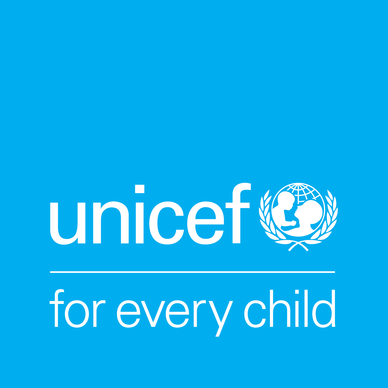Friday 25th November 2022
By Claire O’Meara, Head of UK Policy and David Bradley, Senior Policy Advisor (Education)
Yesterday saw the launch of key national statistics setting out a picture of children’s levels of early years development as captured at the end of their first year of school. This is the first time this data has been released since 2019, and the first under the new framework introduced last academic year. Whilst there are some differences in the data reported, which limits direct comparability, this still gives us the first comprehensive view of the impact the pandemic has had on early childhood development.
The findings show a large proportion of children not reaching an expected level of development with 36.6% of children (potentially equivalent to 11 children in a class*) not reaching this level. In 2019 the headline figure stood at 28.2%. Staggeringly, over half of children (51.9%) on free school meals were not at an expected level of development, with further significant disparities identifiable between boys and girls, ethnic groups and geographically, disparities which remain broadly consistent with trends from before the pandemic.
These figures tell us that 227,865 children across England are starting school behind in their ability to talk, understand instructions, make friends, and learn. Children who start behind are much less likely to catch up later, with two fifths of the disadvantage gap at GCSE level attributable to early years, putting them at a potential life-long disadvantage before their teacher has even asked them to pick up a pencil.
Most of these children were just two years old when the pandemic hit. At a time when they should have been out exploring the world, they were at home not able to see friends and family with reduced access to vital support services such as health visiting. We are now sadly seeing the results of these barriers reflected in the data.
The high percentage of those not meeting the expected levels is of little surprise, given the number of concerns raised by early years professionals about what they’ve been seeing since the start of the pandemic. A report released this week from the Institute for Health Visiting and First 1001 Days Movement shows the negative impacts on babies and young children’s development have not ended with the lifting of restrictions. The report illustrates continuing difficulties for services struggling to deliver at pre-pandemic levels, with compounding pressures of the cost-of-living crisis on household finances meaning families are facing new and mounting challenges.
The release of these figures should be sounding alarm bells across government. The Levelling Up Strategy includes a mission to improve children’s outcomes at the end of KS2. This goal focuses efforts on school age interventions to support catch up, which for many children is too late to be effective. Although always a challenging goal, with more children starting school already behind in the skills they need to progress, the government are almost certain to miss their target.
To be truly transformative, the Levelling Up Strategy should include a mission to increase the number of children reaching expected levels of development age 5 and reduce the disparity gap between groups of children. This would direct energy towards supporting babies and young children in their first few years, where early intervention can make a big difference on children’s outcomes. It would mean learning lessons from local authorities who have succeeded in closing the disparity gap. The EYFS figures are a ready-made benchmark for this goal setting, with tangible impact entirely possible by 2030 and generations of children set to benefit from having the best possible start in life.
UNCEF UK’s Early Moments Matter campaign calls on the UK Government to commit to a Baby and Toddler Guarantee, ensuring basic early childhood services including maternity, health visiting, mental health, and early education and childcare are there for all children, whoever they are, wherever they live.
*This figure is calculated based on the statutory maximum of 30 children per class in reception year


